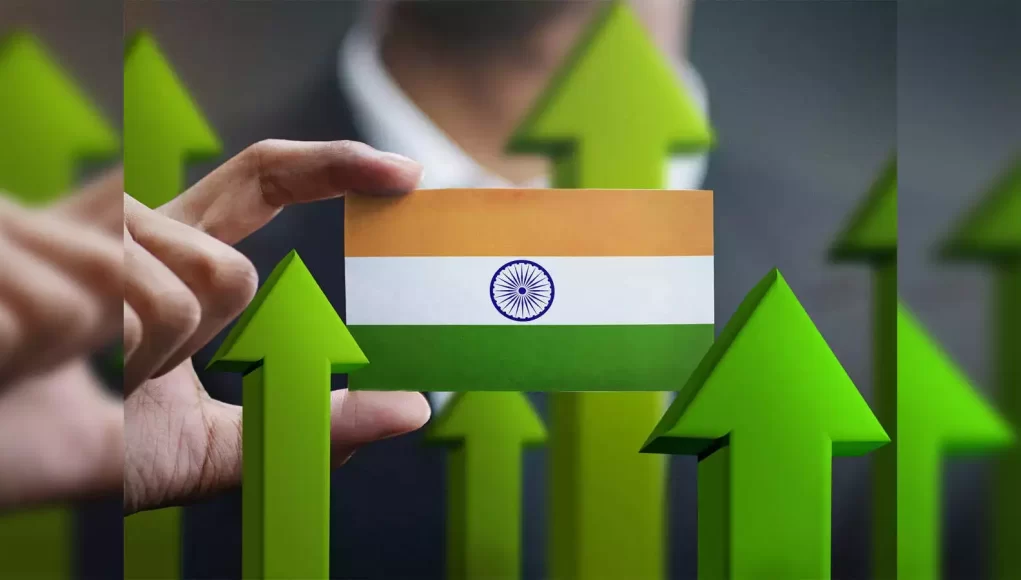India, one of the world’s fastest-growing economies, has long been a hub for both manufacturing and services. Over the years, these two sectors have played vital roles in driving the nation’s economic growth. As the world continues to change rapidly, the question arises: should India focus more on manufacturing or services? This blog explores the potential benefits and challenges of both sectors, evaluating their roles in India’s future economic development.
India’s Economic Landscape: A Snapshot
India’s economy is currently a blend of robust services and an evolving manufacturing sector. According to the World Bank, India’s services sector contributes around 55% to the country’s GDP, while manufacturing contributes approximately 17%. The services sector, particularly in areas like IT services, business process outsourcing (BPO), and financial services, has been a global leader. On the other hand, manufacturing has also seen growth with the government’s initiatives like “Make in India” aimed at boosting domestic manufacturing.
In the debate over whether India should focus more on manufacturing or services, both sectors are crucial for creating jobs, improving productivity, and contributing to economic stability. However, each sector presents unique advantages and challenges.
Manufacturing: A Gateway to Economic Independence
Key Advantages of Focusing on Manufacturing:
- Job Creation: One of the most compelling reasons to focus on manufacturing is the potential for mass job creation. Manufacturing industries tend to employ a large number of people, especially in labor-intensive sectors like textiles, automobiles, and electronics. This can significantly reduce unemployment rates and provide stable livelihoods for millions of people, particularly in rural areas.
- Industrial Growth: Expanding manufacturing industries can lead to the development of ancillary industries, creating a ripple effect throughout the economy. Sectors like raw materials, logistics, and packaging would benefit from a boost in manufacturing output, creating a more diversified industrial ecosystem.
- Increased Exports: Strengthening the manufacturing sector can help India become a global leader in exports. With a large consumer base and a competitive labor force, India has the potential to become a manufacturing hub for the world, much like China did over the past few decades. Manufacturing can reduce India’s trade deficit by increasing the volume of exported goods, contributing to a positive balance of payments.
- Technological Advancements: Focusing on manufacturing will require investments in research and development (R&D), leading to technological innovations. Automation, robotics, and the use of artificial intelligence (AI) in manufacturing can not only enhance production efficiency but also lead to India becoming a global leader in high-tech industries.
Challenges in Manufacturing:
- Infrastructure Development: India’s infrastructure, including transportation, logistics, and energy, needs significant improvement to support large-scale manufacturing. Without robust infrastructure, the efficiency and competitiveness of manufacturing industries may be compromised.
- Skilled Workforce: While India has a large labor force, a significant skills gap remains in manufacturing, especially for high-tech industries. It’s essential to invest in training and education to equip workers with the necessary skills.
- Environmental Concerns: Manufacturing processes can have a negative impact on the environment, contributing to pollution and resource depletion. Sustainable manufacturing practices need to be integrated to mitigate these effects.
Services: India’s Global Advantage
Key Advantages of Focusing on Services:
- Global Leadership in IT and BPO: India has established itself as a global leader in information technology (IT) services, software development, and business process outsourcing (BPO). These sectors provide high-paying jobs to millions and contribute significantly to the country’s GDP. As the world becomes more reliant on digital technologies, India’s services sector is poised for further growth.
- High Value Addition: Services, particularly in sectors like finance, education, healthcare, and tourism, have the potential to add significant value to the economy. For instance, India’s financial services sector has grown exponentially, with fintech innovations like mobile banking, insurance, and payment systems reshaping the global financial landscape.
- Low Capital Investment: Unlike manufacturing, which requires large capital investments in machinery and infrastructure, services typically require lower initial capital investments. This makes it an attractive option for entrepreneurship and the creation of small and medium enterprises (SMEs).
- Export Opportunities: Services like IT services and consultancy are already major export drivers for India. The service sector’s ability to transcend geographical boundaries allows it to be highly competitive on the global stage, offering a steady stream of revenue from foreign markets.
Challenges in Services:
- Overdependence on a Few Sectors: India’s service economy is still heavily reliant on a few sectors, such as IT, BPO, and financial services. A lack of diversification could lead to vulnerabilities if there is a global downturn in these sectors.
- Skill Mismatch: While India produces a large number of graduates, there is still a significant skill mismatch in many service sectors. Upskilling and reskilling are necessary to ensure the service workforce remains competitive in the global market.
- Job Quality and Wages: Many jobs in the services sector, especially in sectors like retail and hospitality, offer low wages and poor working conditions. The quality of jobs in the service sector needs to be improved to ensure sustainable economic development.
A Balanced Approach: Manufacturing + Services
Rather than choosing between manufacturing and services, India’s focus should be on developing a balanced approach that leverages the strengths of both sectors.
1. Integrating Manufacturing with Services:
Services like design, maintenance, and R&D are crucial to the success of the manufacturing sector. India can benefit from promoting manufacturing industries alongside service-based innovations, such as product design, AI, and cloud computing, to enhance productivity.
2. Attracting Foreign Investment:
India can attract foreign direct investment (FDI) to both sectors. Foreign investors can bring in advanced technology, infrastructure, and expertise, helping India to expand both its manufacturing and services capabilities.
3. Fostering Innovation:
Encouraging innovation in both sectors can lead to new product development, improved customer experiences, and global market competitiveness. Government policies that support innovation hubs and technology incubators in both fields can provide the necessary boost for growth.
4. Infrastructure Development:
Investing in infrastructure is essential for both manufacturing and services. High-quality infrastructure—such as efficient transportation systems, reliable electricity, and internet connectivity—can benefit both sectors, creating a conducive environment for growth.
Conclusion: A Dual Strategy for India’s Future
While manufacturing offers immense potential for creating jobs and building an industrialized economy, services have already proven to be India’s strength, particularly in sectors like IT and finance. The ideal approach would be a combination of both. By focusing on developing both the manufacturing and services sectors, India can become a global economic powerhouse, capable of driving growth, creating jobs, and securing economic stability.
The future of India’s economy lies not in choosing one sector over the other, but in integrating both manufacturing and services to create a diversified, resilient, and innovative economy.
Interested in learning more about India’s economic future? Stay updated on the latest trends in manufacturing and services, and how they will shape the country’s growth trajectory!



































